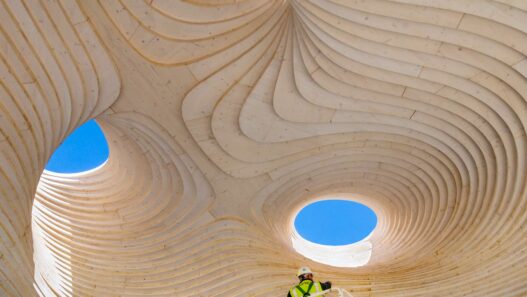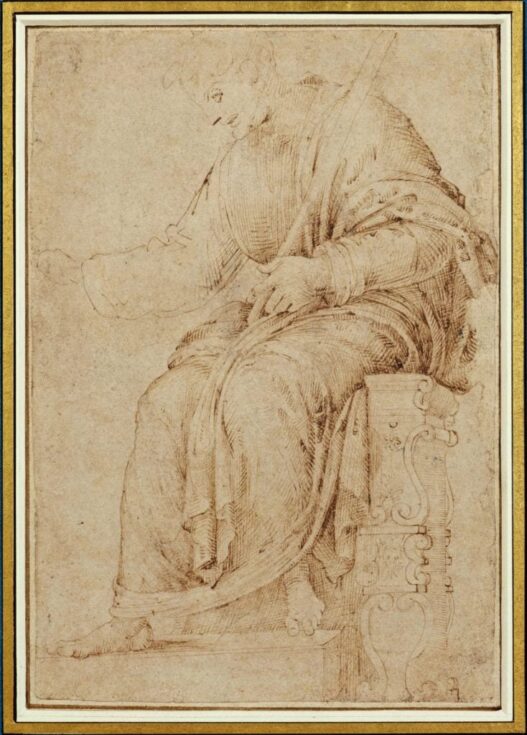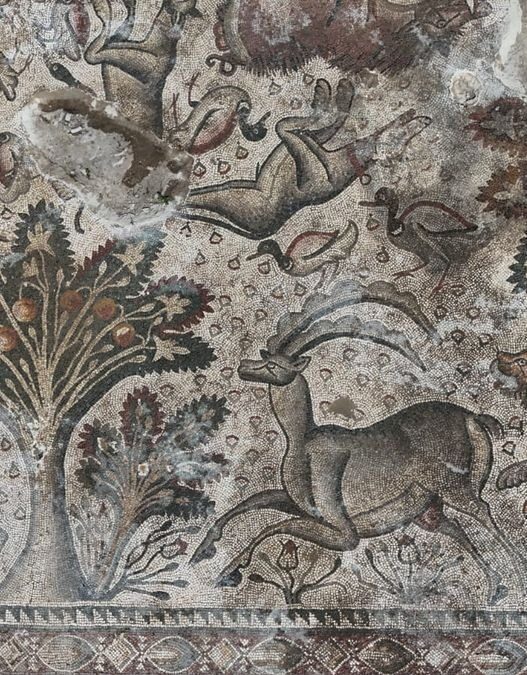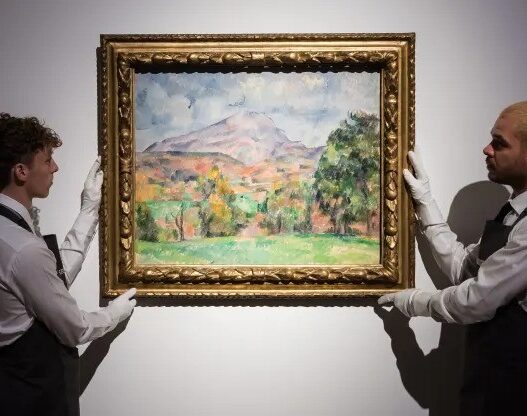Art enthusiasts and collectors have a rare opportunity to acquire what is now believed to be the earliest known drawing by Renaissance master Michelangelo. The artwork, titled Study of Jupiter, is making its way to the market for the first time in 35 years. This significant piece of art history will be offered at Italy’s 33rd Biennale Internazionale dell’Antiquariato di Firenze (International Biennale of Antiques) by the Dickinson gallery, based in London.
The sketch, which depicts the god Jupiter seated on a throne, is tied to the Roman marble fragment Jupiter Enthroned, dated to the 1st–2nd century CE. However, Study of Jupiter reimagines the deity with a torso, blending the historical figure with Michelangelo’s imaginative artistic vision. While the drawing initially stirred controversy over its attribution, decades of careful analysis now strongly suggest it is a work of Michelangelo.
The drawing’s journey began in 1989, when an anonymous British collector purchased it at auction—then still unattributed. It wasn’t until it was exhibited in the 2019 Budapest Museum show titled The Triumph of the Body that experts firmly codified its attribution to Michelangelo. Before this, the artwork sparked a prolonged debate among scholars. The initial attribution came from British Museum curator Nicholas Turner, who suggested that the sketch belonged to Michelangelo’s teacher, Domenico Ghirlandaio. Turner noted distinctive elements in the folds of Jupiter’s robe, which mirrored Ghirlandaio’s signature style.
This attribution, however, was not without contention. Although it was widely accepted that drawing marble statues from life was a popular practice in the 15th century, scholars pointed out inconsistencies between the drawing and the Jupiter Enthroned sculpture, such as the positioning of Jupiter’s left foot. This led experts to theorize that the sketch was likely copied from another drawing, not the original sculpture, opening the possibility that it could have been created by a pupil of Ghirlandaio.
Several candidates were proposed, including Fra Bartolommeo, though none of these attributions held up under scrutiny. The mystery began to unravel when Mike Chappel, a professor at William and Mary, introduced Michelangelo’s name into the discussion. After years of cataloging Renaissance drawings, Paul Joannides, a prominent professor at Cambridge University, reviewed the artwork and lent his support to the Michelangelo attribution. By 2019, Sir Timothy Clifford, a renowned British art historian, weighed in with his conclusion: “No other Ghirlandaio pupil draws like that.”
The drawing itself provides numerous clues that align with Michelangelo’s early style. Study of Jupiter showcases the artist’s technique of using two tones of brown ink to create depth, a characteristic seen in other early Michelangelo works. It is also plausible that Ghirlandaio’s sketches could have reached Michelangelo, who started training in his studio in 1487 at the age of 12. The young Michelangelo became an apprentice in 1488 and remained with Ghirlandaio until 1490, a period in which his teacher’s stylistic influence was likely fresh in his mind.
Further supporting the attribution is comparative analysis. The Louvre owns what was previously considered Michelangelo’s earliest drawing, dated between 1490 and 1492. This sketch, depicting two figures after Giotto, shows a similar blending of Ghirlandaio’s influence with Michelangelo’s developing style. Both works exhibit a particular focus on torsos and mass, with less attention given to the finer details of anatomy, such as hands and feet—areas that Michelangelo would only master later in his career.
Another drawing from 1492–1493, currently housed in Munich, shows the progression of Michelangelo’s crosshatching technique, further confirming Study of Jupiter as an essential piece in tracing the artist’s development. Michelangelo’s shift from an emphasis on monumentality to his later obsession with anatomical perfection is well documented in these early sketches.
Few Michelangelo drawings have survived to the present day. The artist famously ordered many of them burned, seeking to maintain the illusion that his works were products of pure genius rather than painstaking labor. This only adds to the significance of the Study of Jupiter, which offers a rare glimpse into the artist’s creative process during his formative years.
Given the scarcity of Michelangelo drawings in the market, collectors are eagerly anticipating the sale. The last Michelangelo sketch to hit the auction block fetched $21 million, making it the most expensive work by the artist ever sold, despite falling short of its estimated value by $9 million. With Study of Jupiter now on the market, the art world is watching closely to see how this newly attributed masterpiece will fare.




















